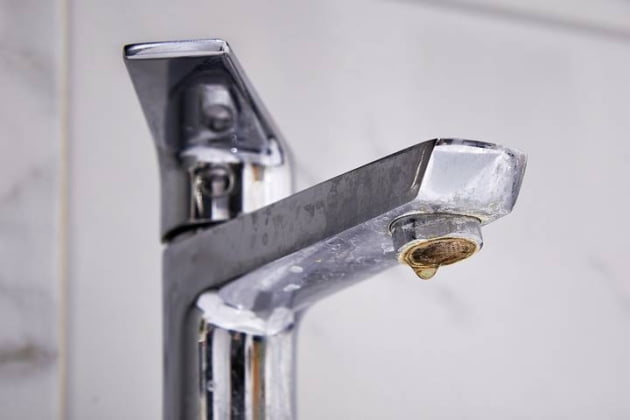Typically, your kitchen or bathroom sinks look shiny, spotless, and sparkling clean. However, you may feel baffled when rust stains appear on your fixtures. Over time, there may be a coating of reddish-brown rust near the faucets, drains, or pipes. These stains look unsightly and unhygienic, making you hesitate to approach the sink.
Rust stains in the sink don’t usually appear overnight. However, you may not notice them developing subtly and gradually around your plumbing fixtures. Despite using the sink every day, you don’t tend to pay attention to the rust until it becomes too prominent to ignore. By then, the rust stains might have enlarged so much that you have a difficult situation.
The good news is that you can remove rust stains from the sink with some effort. Several potential solutions include softening the water or scrubbing the problem away. You should also perform routine inspections with a plumber, who will give you an advanced warning before any stains develop.
Are you curious why there is rust in the first place? Let’s learn about the origins of rust stains in sink plumbing:
Rust stains come from the water supply.
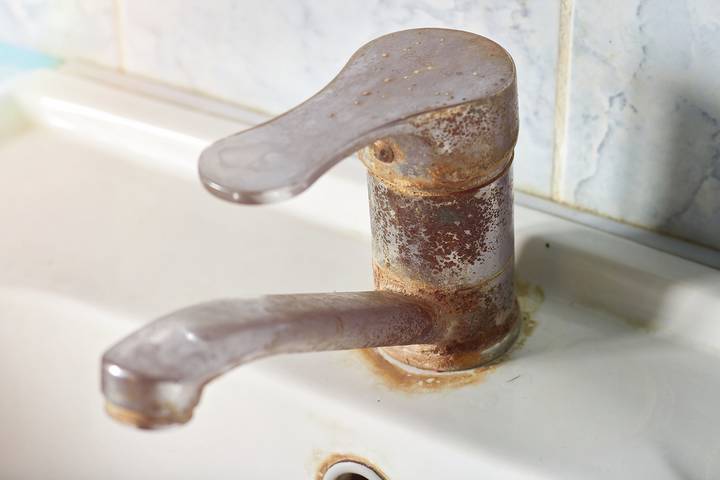
Water comes into your house through a series of pipes from an outdoor source, like a well or the main water supply. As the water travels along its path, it may absorb iron from the soil. If you have hard water in your area, there is a high chance iron will be present and flow into your pipes. When the water finally reaches the sink, it gets exposed to oxygen. The iron deteriorates and oxidizes, causing the growth of rust.
A possible solution is to install water softeners. These ion exchange units remove minerals like iron, calcium, magnesium, and other minerals from the water supply. The softeners filter water through resin beads with a negatively charged sodium ion, attracting the positively charged minerals. As the beads cling onto sediments, the hard water flows as soft water instead.
Rust stains come from the metal items.
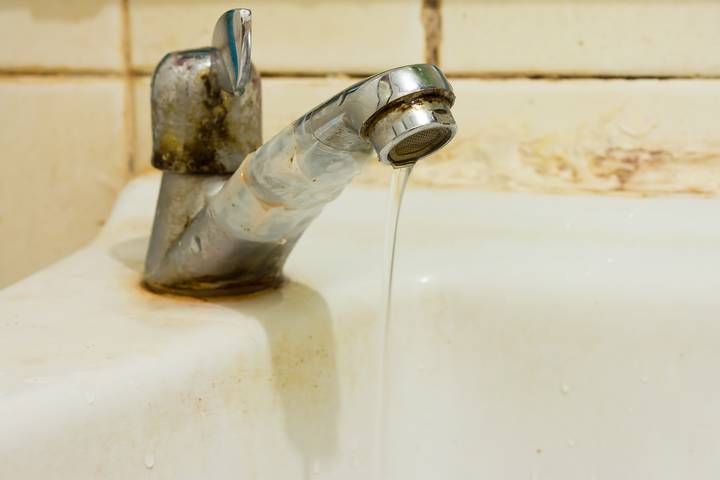
Steel produces ferric oxide when exposed to oxygen in the water or air, causing rust to appear. You may experience this problem with kitchen sinks, especially if you store metal cans nearby. Sometimes, we put canned food in the sink out of convenience, giving it the opportunity to develop rust.
If you leave a used can by the sink, you will probably notice an orange or brown ring on the bottom where it sits. This problem can also happen with bathroom sinks, where the likely culprit is a shaving can. Even the blades on your shavers will deteriorate over time, contributing to the rust around the bathroom sink drain.
You can fix this problem by adjusting your habits. Some homeowners tend to keep products they use with water near the sink, including metallic items. Unlearn that habit and remove the issue. Keep your shaving cream can dry and stored under the sink. Likewise, put your razors in a drawer on an old facecloth. Finally, any food cans should be rinsed and tossed in the recycling bins.
Rust stains come from plumbing problems.
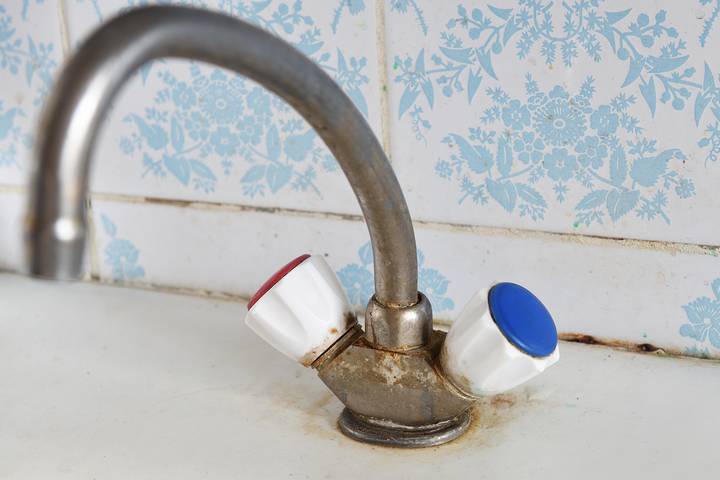
Your plumbing is a complex network of incoming hot-water and cold-water lines. The system includes outgoing wastewater pipes, appliances, drains, vent pipes, and water storage tanks. Rust can infiltrate any of these outlets if they are not routinely maintained. For example, old water heaters and deteriorated pipes might accumulate rust from hard water, spreading across the plumbing system.
After finding its entrance, rust will navigate throughout the household, including your sinks. The tainted water may splash onto any uncoated metal parts on your sinks, toilet, or shower. These iron particles cling to porcelain and enamel, producing the rusted surfaces you see. You should contact a residential plumber if any plumbing parts look old and rusted. The professionals may advise you to replace the fixtures.
How to remove rust stains from sink
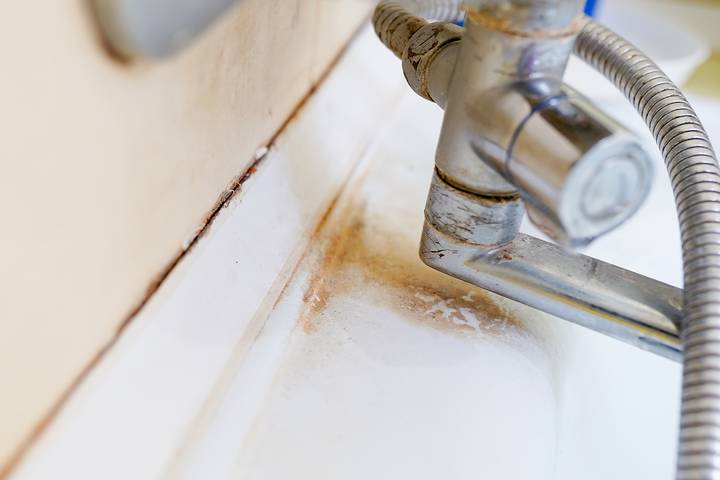
Fortunately, there are different ways to remove the unsightly rust out of the sink. Start by cleaning up more often. Ensure that water doesn’t sit in the sink and cause rusting. Wipe down your faucet and sink after you run the water. Cleaning a sink shouldn’t take long, and your efforts will keep the fixture looking pristine.
In addition, there are commercial rust removers that specialize in cleaning up rust stains. These solutions can dissolve the rust without harming your pipes, allowing you to rinse it all away. The products come in liquid and powder form. Similarly, pumice stones are effective and won’t scratch the porcelain surface. For DIY solutions, use a paste of lemon juice and salt or baking soda and vinegar.
However, don’t ever use bleach to remove the rust stains in a sink. Bleach has sodium hypochlorite in it, also known as an oxidizing agent. Using bleach to remove rust stains out of the sink will only worsen the problem.



